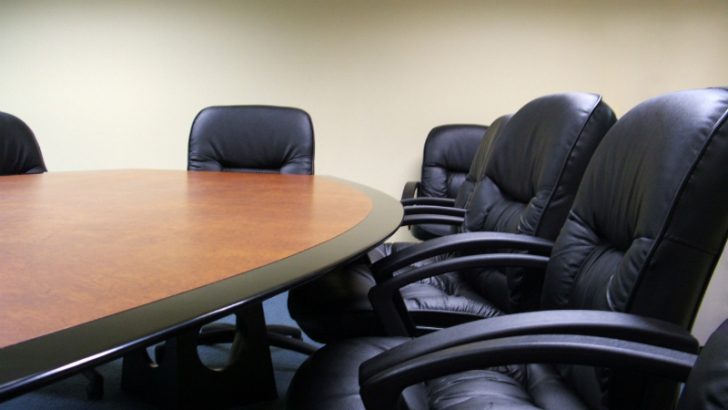
This is the second part of tips around chairing a meeting. The first part covered having a secretary for each meeting, how to make sure key points are captured and ending the meeting.
This time three more tips to consider.
- Timekeeping: Be conscious of the time throughout the meeting. If the meeting is a recurring one I have found that having an allocated time against each agenda point often focuses peoples minds on the importance or otherwise of an agenda item. It also means that you can track whether a meeting is going to time. If the meeting is overrunning then consider dropping items from the agenda, deferring them until next time or flagging that discussion will be limited on following agenda points.
- Moderate do not dictate: I have sat in meetings where the chairperson drives the agenda forward with their opinion either actively or passively. This is especially the case it the senior person is chairing the meeting. First the chair’s opinion should not be revealed first and second if the chairman’s opinion is well known it is their job to ensure that dissenting voices are heard, just to ensure that there is not a different or even better point of view out there.
- Democracy : This is a harder one to implement. There is the dichotomy of making sure that meetings run to time but also that every opinion is heard. Not everyone can be heard in a meeting but it is important confirm that all idea, points have been heard. This means that as chairperson one needs to be aware of who has spoken, ensure that the extraverts do not always hold sway and be aware of those struggling to get a word in Insist on them having their few minutes to talk freely. Bullies exist in the workplace and even in meetings it is necessary to ensure that it is not always their voice and opinion that is heard.
Next week part 3 of chairing a meeting.

























